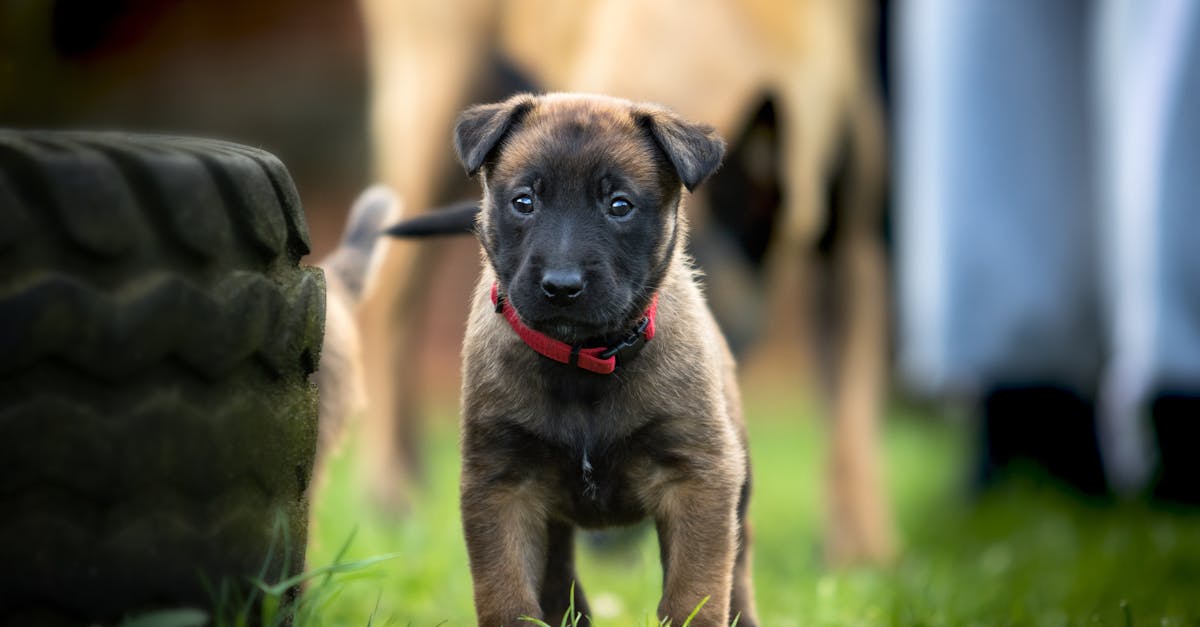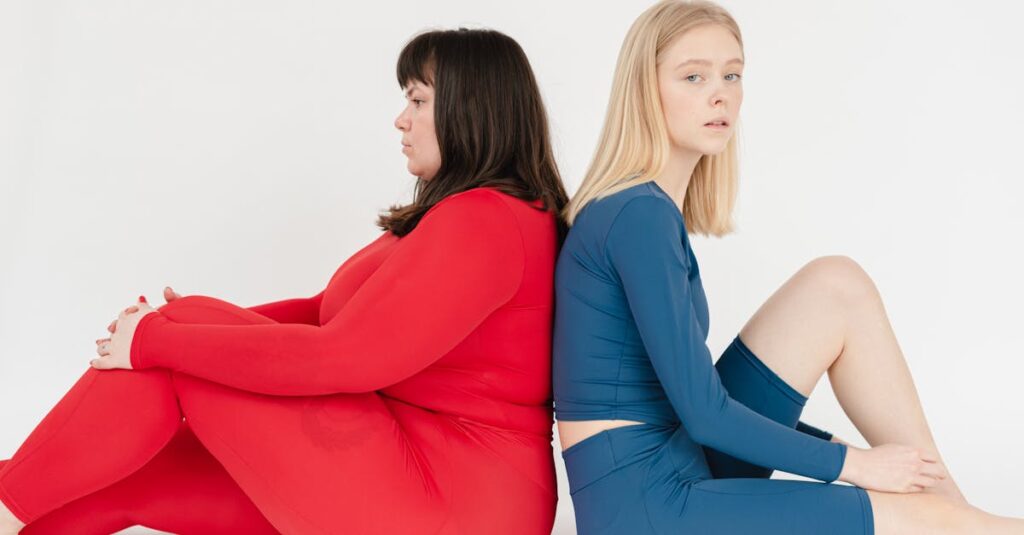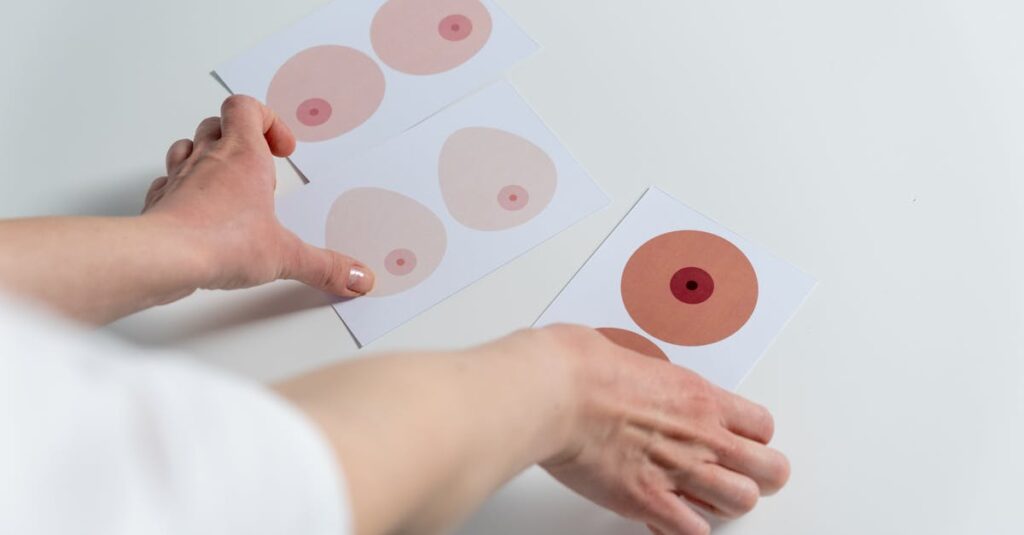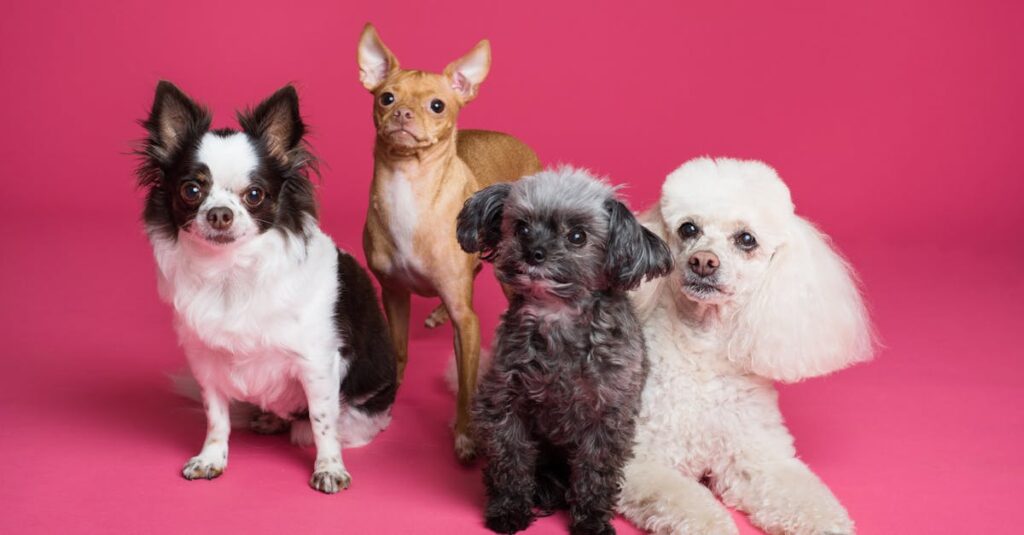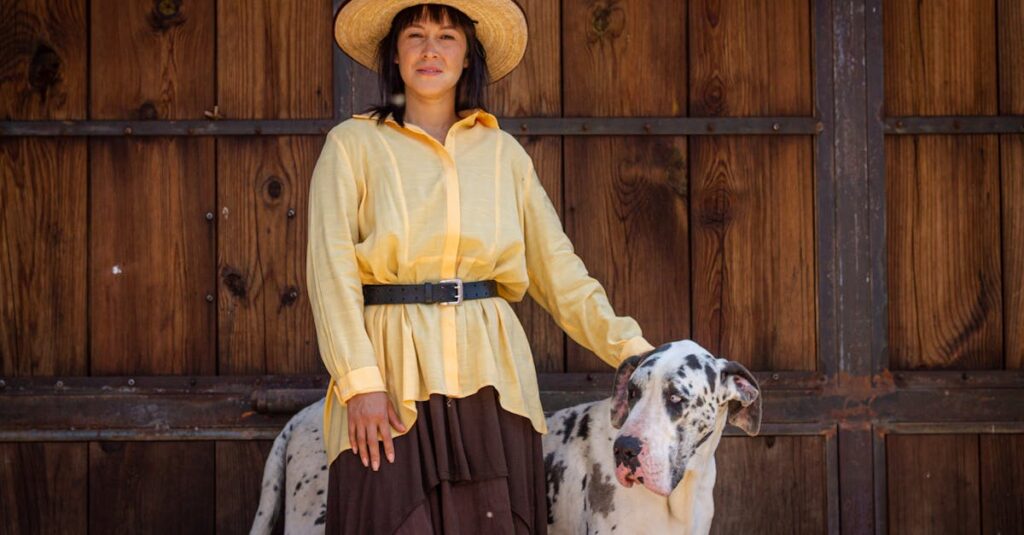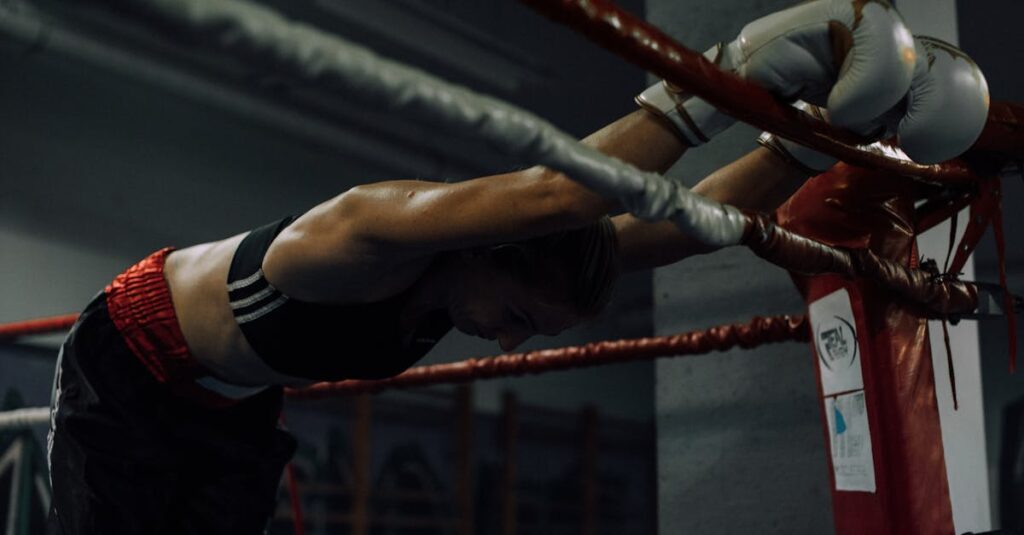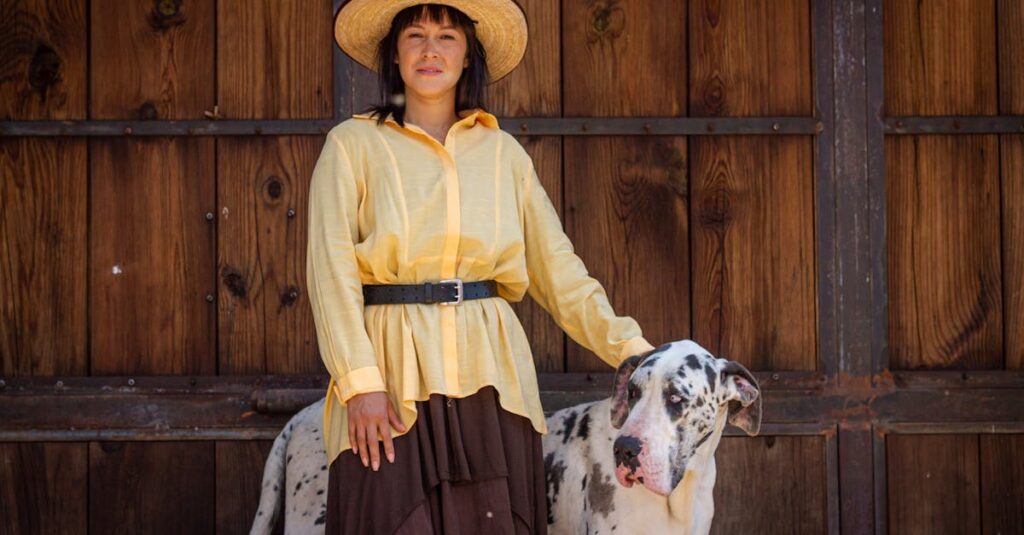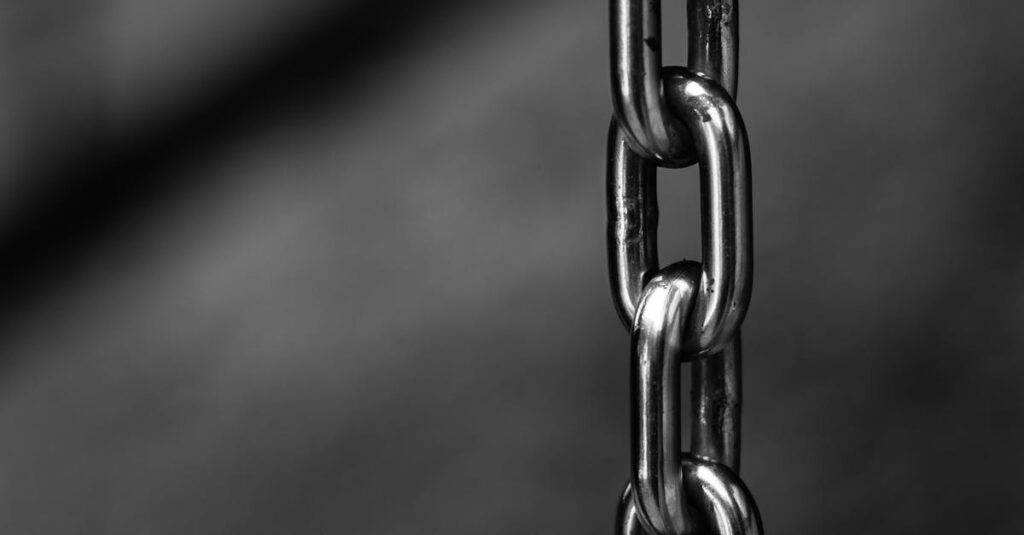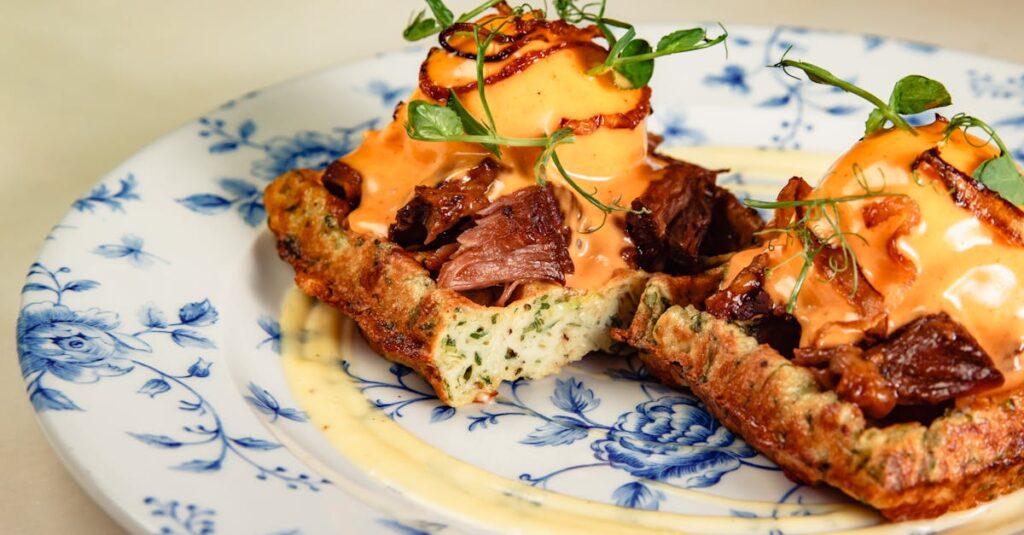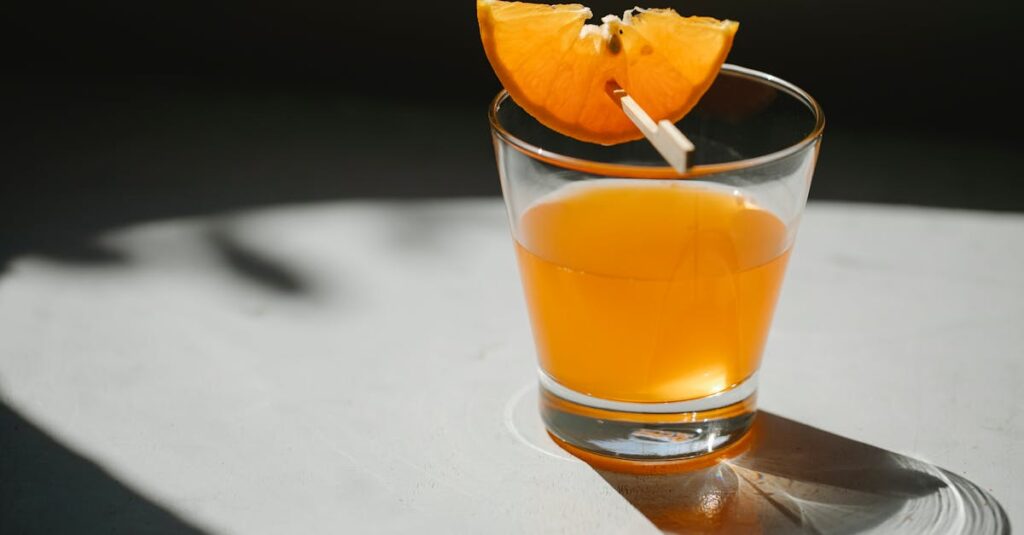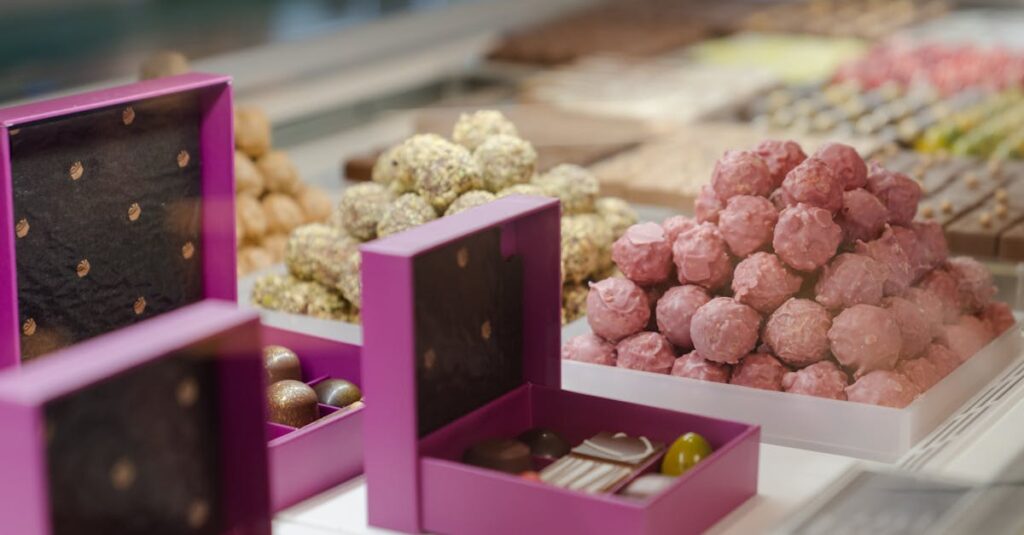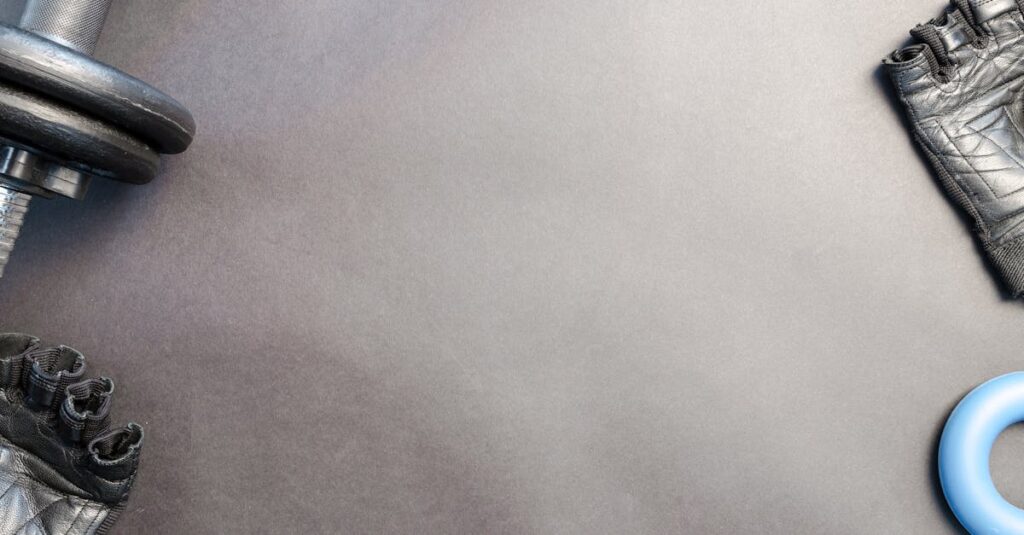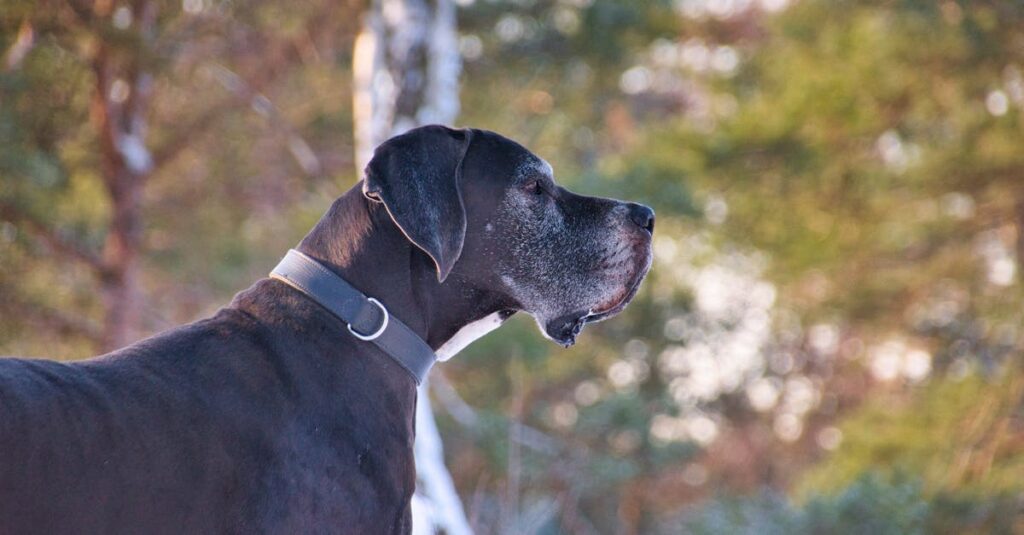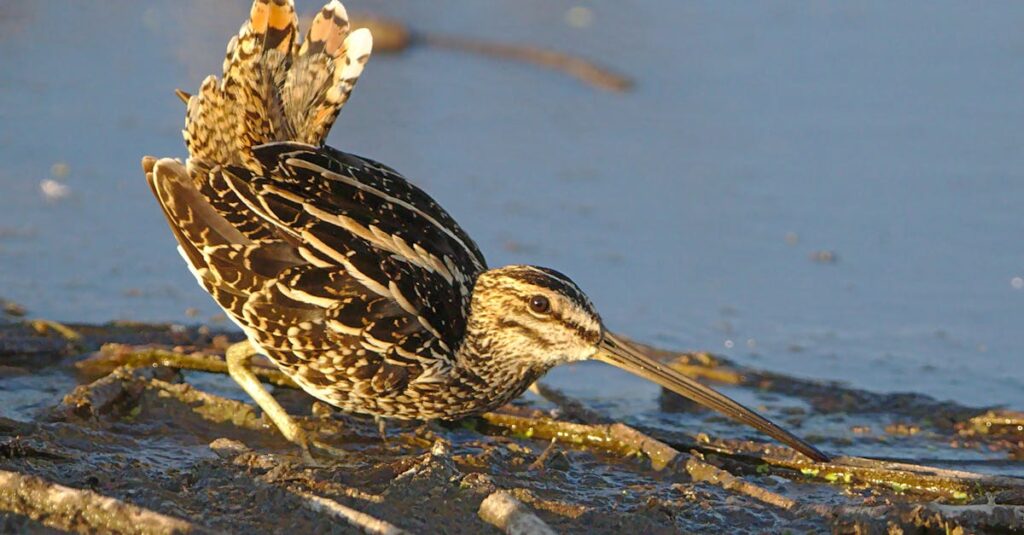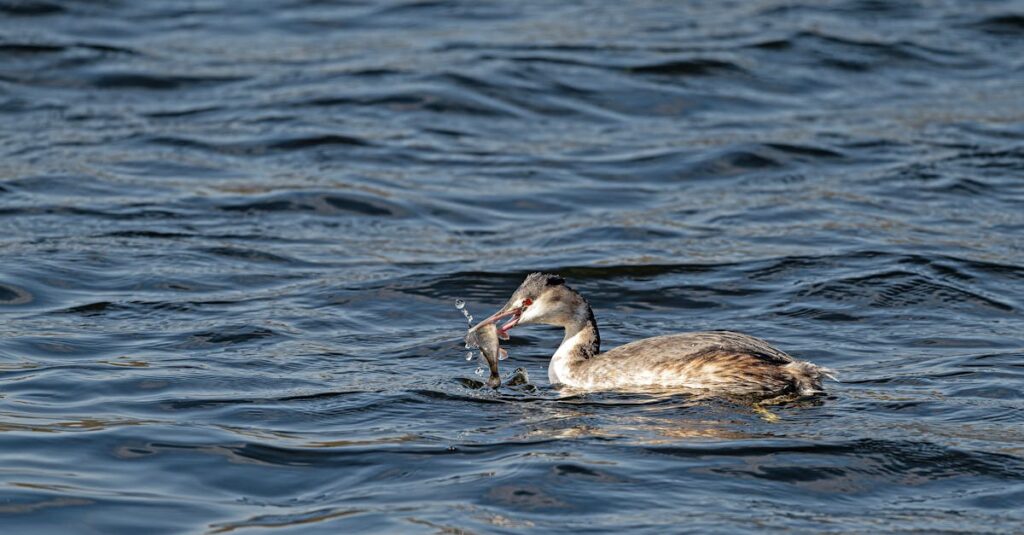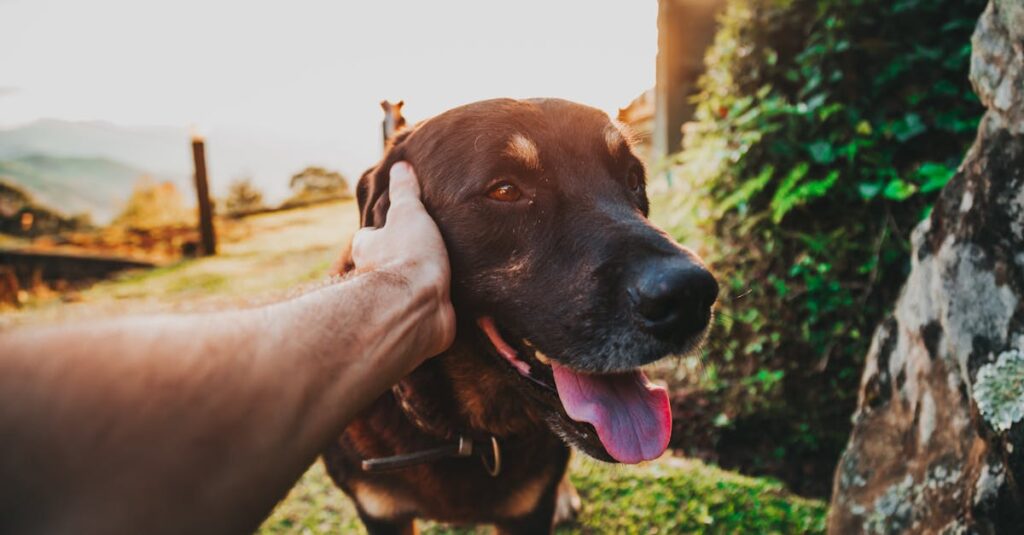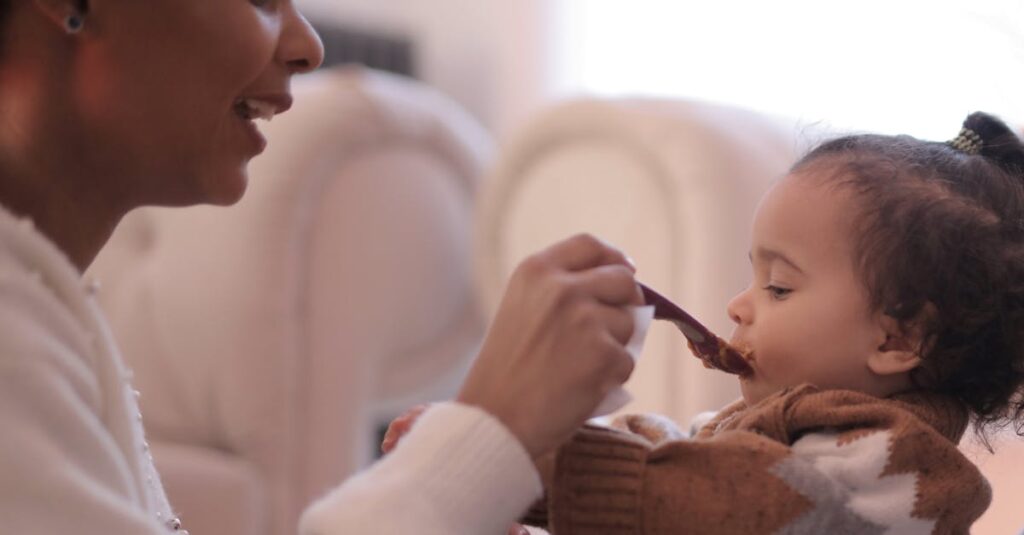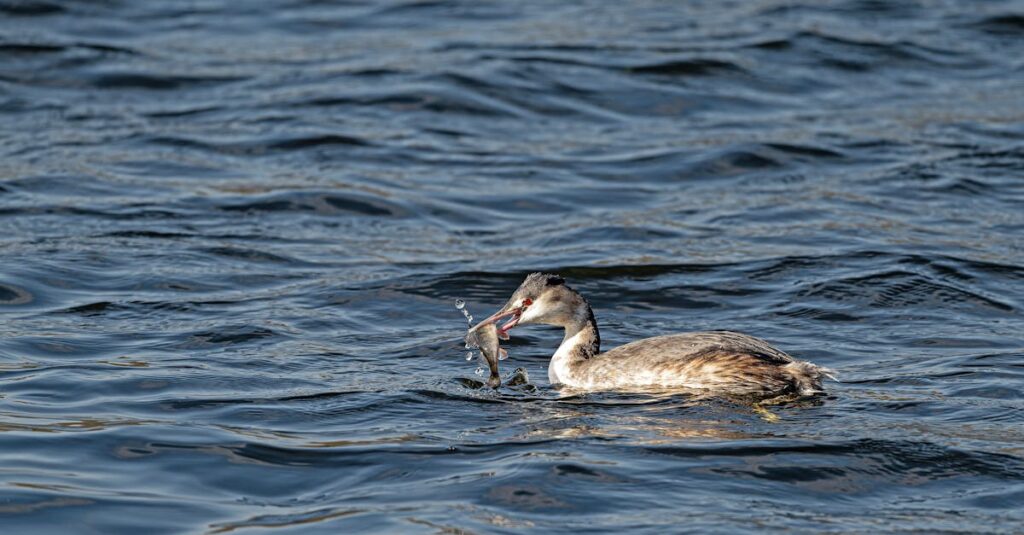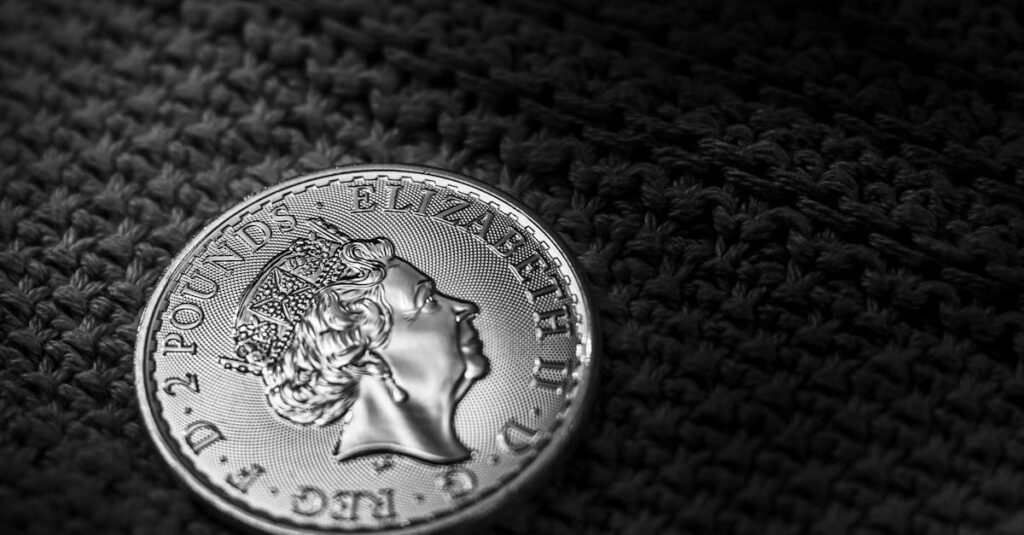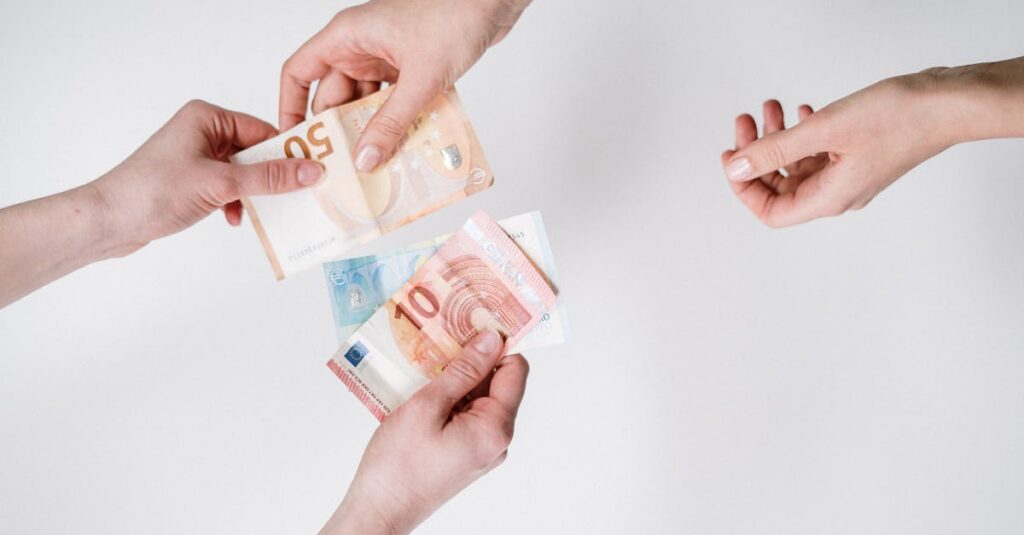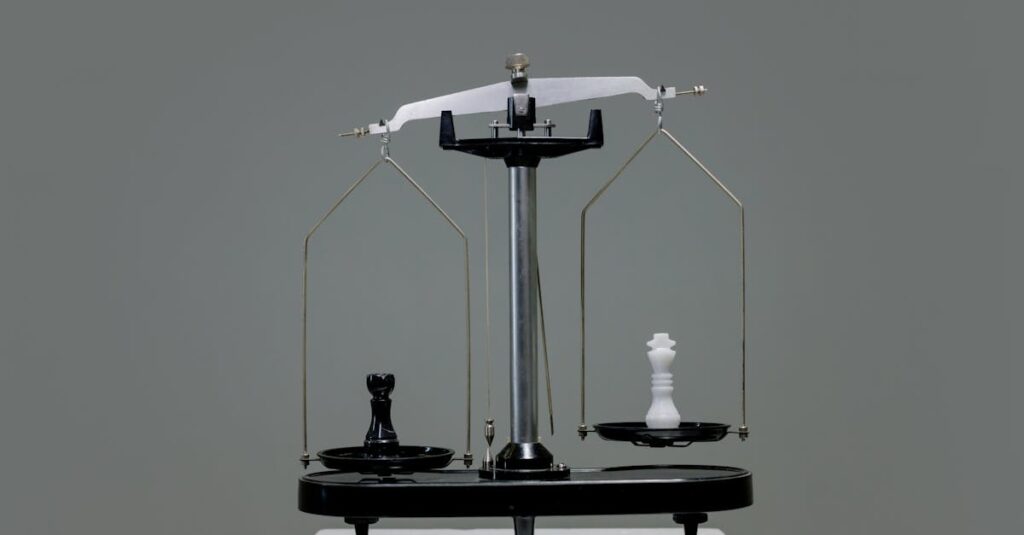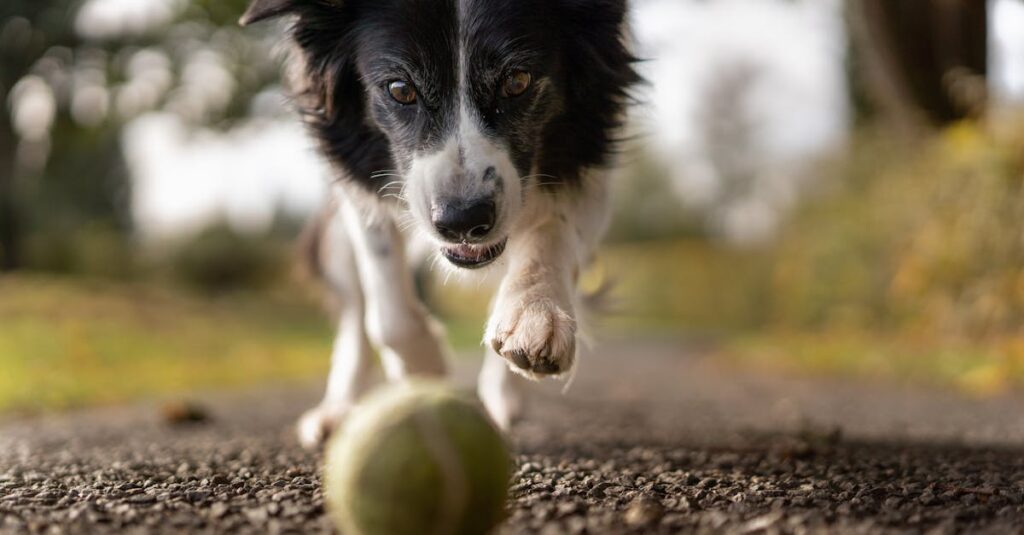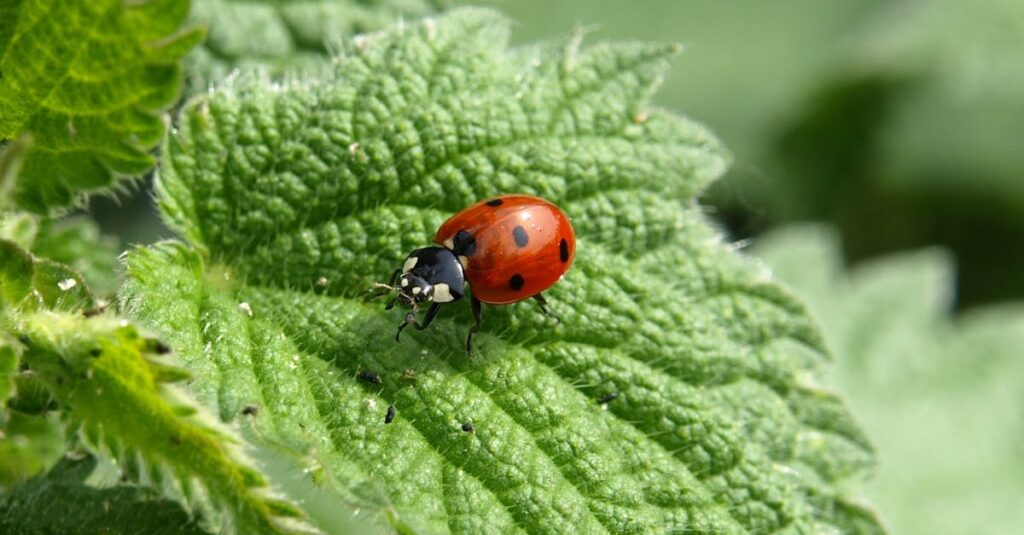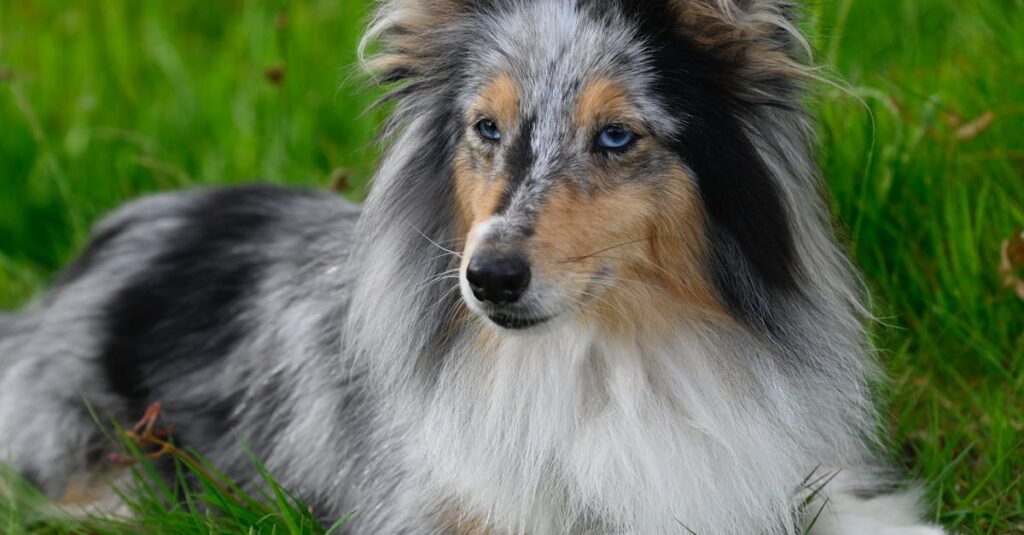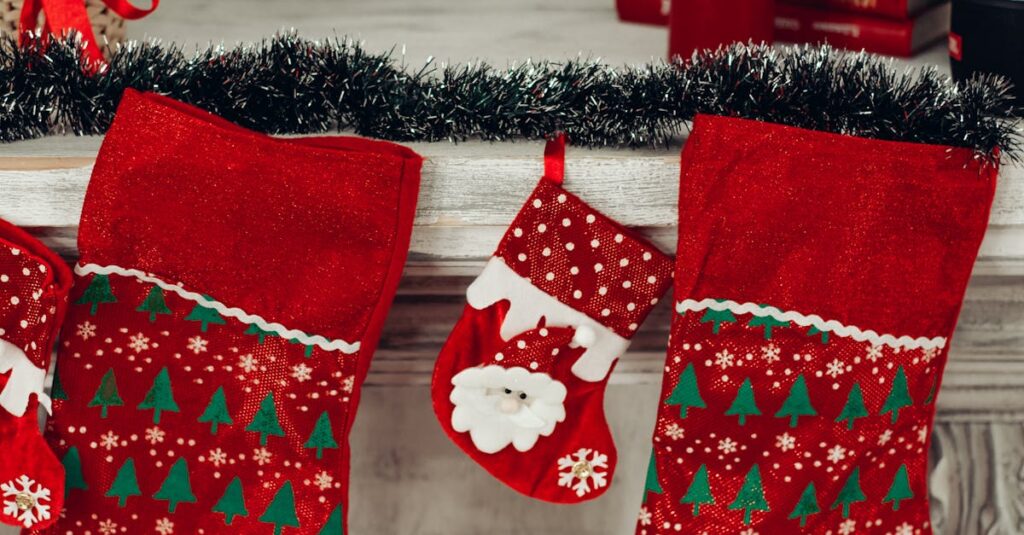Choosing the right dog for home protection is a serious decision that goes beyond appearance. Many wonder if the gentle giant, the Great Dane, can serve as a reliable guard dog. While their imposing size naturally deters intruders, understanding their temperament, training needs, and protective instincts is crucial before trusting them with your family’s pet safety. Let me walk you through what makes Great Danes both unique and suitable, or not, for this role.
Are Great Danes Naturally Good Guard Dogs? Understanding Their Protective Instincts
Great Danes possess an impressive physical presence that alone can discourage unwanted guests. However, their nature leans more towards gentle companionship than aggressive defense. Historically bred as hunting dogs, they combine strength with a calm demeanor, making their guarding abilities a bit different from breeds like Rottweilers or German Shepherds.
- 🐾 Imposing size: A Great Dane’s sheer stature (often over 30 inches tall and 100+ lbs) makes them a formidable deterrent.
- 🐕 Loyalty: They develop deep bonds with their owners, which fuels their desire to protect family members.
- 🧠 Intelligence: Their ability to learn commands quickly aids in effective dog training for guard duties.
- ⚠️ Gentle temperament: Unlike some guarded breeds, Great Danes are rarely aggressive without provocation, meaning proper socialization is vital.
Because of these traits, a Great Dane can be a guard dog, but only with thorough, consistent training that enhances their protective instincts while maintaining their gentleness around kids and guests. Their natural vigilance paired with size makes them excellent as security dogs in family settings.
The Role of Training and Socialization in Transforming Great Danes into Guard Dogs
One key to maximizing the Great Dane’s guarding potential is ensuring early and ongoing training. I’ve noticed that owners who commit to socializing their Great Dane from puppyhood avoid common pitfalls such as fearfulness or overprotection.
Critical points in their training path include:
- 🎓 Obedience commands: ‘Sit,’ ‘stay,’ and ‘come’ must be mastered to maintain control in any situation.
- 👥 Exposure to visitors and other animals: Helps Great Danes distinguish between friend and foe.
- 🔔 Alert training: Teaching them to bark on command or in response to unusual noises.
- 🛡️ Controlled aggression: Encouraging protective behavior without unnecessary hostility.
With this approach, your Great Dane will not just be a passive presence but an active guardian ready to shield the household.
Comparing Great Danes to Other Popular Guard Dog Breeds
When deciding on a guard dog for your family, size and temperament are critical. Below is a comparison table highlighting how Great Danes stand against other renowned guard breeds:
| 🐶 Breed | 💪 Size | 🧠 Trainability | ⚠️ Temperament | 🛡️ Guarding Ability | 👪 Family Friendliness |
|---|---|---|---|---|---|
| Great Dane | Very Large (100-180 lbs) | High | Gentle | Good (With training) | Excellent |
| German Shepherd | Large (50-90 lbs) | High | Alert, Confident | Excellent | Good |
| Rottweiler | Large (80-135 lbs) | Moderate | Protective, Dominant | Excellent | Moderate |
| Doberman Pinscher | Medium-Large (60-100 lbs) | High | Alert, Energetic | Excellent | Moderate |
As you can see, Great Danes combine size and gentleness, which is beneficial for families yet requires dedicated dog training for security roles.
Essential Dog Gear and Pet Accessories for Great Danes as Guard Dogs
For a Great Dane to function safely and efficiently as a guard dog, the right equipment is non-negotiable. Here are some essentials every owner should consider:
- 🦴 Strong and adjustable harnesses – suited for giant breeds to ensure safe handling.
- 🔔 Training collars – used under professional guidance to reinforce commands during training.
- 🎾 High-quality leashes – durable to manage their strength comfortably.
- 🏠 Secure fencing or gates – to keep your Great Dane safely contained while allowing them to monitor territory.
- 🦠 Health-related pet insurance – due to potential medical costs associated with large breeds.
Proper dog gear not only protects your dog but enhances their ability to guard effectively without stress or harm.
How Great Danes Protect Their Families: Real-Life Stories and Insights
I want to share a story from a friend who owns a Great Dane named Duke. Despite his calm nature, Duke once alerted the family by loudly barking when an unfamiliar person approached the property late at night. His sheer presence was enough to make the visitor leave. This instance underscored how Great Danes’ alertness and imposing size contribute to security dogs duties.
- 🐕🦺 Great Danes rely on strong bonds to feel motivated to protect.
- 👨👩👧 Their gentleness makes them reliable around children, contrasting with more aggressive guarding breeds.
- ⏰ They require consistency in their daily routine and training to maintain vigilance.
Discover more on how to manage behavior and aggression here: why is my Great Dane becoming aggressive?
Addressing Common Questions About Great Danes as Guard Dogs
- ❓ Will a Great Dane attack an intruder?
They typically warn with a bark and their stature; actual attack behavior depends on training. For more details, see this article. - ❓ Do Great Danes protect children effectively?
Yes, their gentle but protective nature makes them excellent with kids when properly socialized. - ❓ How do Great Danes differ from mixed breeds in guarding?
Purebred Great Danes possess consistent traits. You can explore nuances in what is a Great Dane mix of.
Checklist for Choosing and Training Your Great Dane as a Guard Dog 📝
- ✔️ Start training early with professional support.
- ✔️ Ensure socialization with people and other animals.
- ✔️ Use proper dog gear for safety and control.
- ✔️ Provide routine veterinary care and pet insurance.
- ✔️ Establish clear boundaries and commands for guarding behavior.
- ✔️ Monitor and manage any signs of aggression carefully.
Frequently Asked Questions About Great Danes as Guard Dogs 🔍
- Can a Great Dane live peacefully with small children? 🐶👦
Absolutely. Their gentle nature often makes them great family dogs, provided they are socialized and trained early. - Is the Great Dane’s large size a benefit or a challenge? 📏
Both. Their size deters intruders but requires ample space and strong equipment to manage. - How does proper training influence a Great Dane’s guarding capabilities? 🎓
Training sharpens their natural instincts, helping them distinguish friend from foe and respond appropriately. - What are warning signs that a Great Dane might not be the right guard dog for you? ⚠️
Excessive fearfulness, uncontrolled aggression, or poor obedience may signal unsuitability without additional expert intervention. - How can I learn more about Great Dane behavior and care? 📚
Explore detailed guides here: what is a Merle Great Dane.

